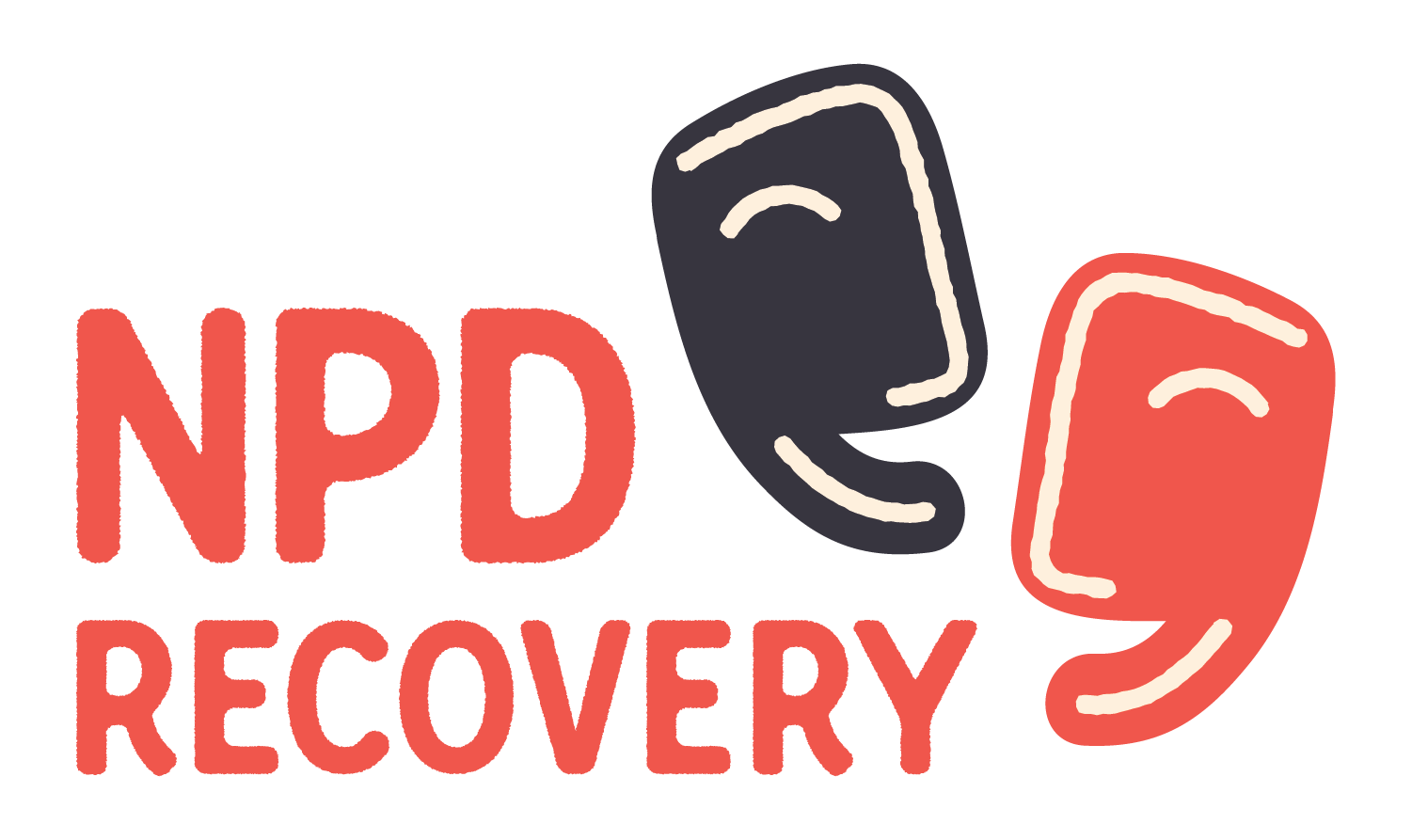Is there a difference?
Narcissist vs. NPD
The word “narcissist” is thrown around a lot—but not everyone with narcissistic traits has NPD. Labeling someone (or yourself) a “narcissist” can obscure the real work of healing. Diagnosis requires clinical nuance, and traits exist on a spectrum. This site focuses on traits, not labels.
1
Can You Be Narcissistic Without Having NPD?
Can You Be Narcissistic Without Having NPD?
Yes — and it’s more common than most people think.
Not everyone who struggles with narcissistic traits has Narcissistic Personality Disorder (NPD). And not everyone who has narcissistic traits needs — or benefits from — a formal diagnosis. Narcissism exists on a spectrum, and it can show up in different intensities, with different impacts, depending on a person’s history, emotional environment, relationships, and coping mechanisms.
You can have narcissistic behaviors. You can even feel like you relate more to narcissistic thinking than most people around you. That doesn’t automatically mean you have a disorder — or that you’re broken.
Yes — and it’s more common than most people think.
Not everyone who struggles with narcissistic traits has Narcissistic Personality Disorder (NPD). And not everyone who has narcissistic traits needs — or benefits from — a formal diagnosis. Narcissism exists on a spectrum, and it can show up in different intensities, with different impacts, depending on a person’s history, emotional environment, relationships, and coping mechanisms.
You can have narcissistic behaviors. You can even feel like you relate more to narcissistic thinking than most people around you. That doesn’t automatically mean you have a disorder — or that you’re broken.
When “narcissist” becomes a stand-in for “bad person,” it leaves no room for growth, understanding, or healing — for the person being labeled or the person doing the labeling.
2
“Narcissist” in Today’s Culture: A Misused Label
The word “narcissist” has become a loaded term in pop psychology and internet discourse. It’s often used as shorthand for someone who is:
• Selfish or self-absorbed
• Abusive or manipulative
• Lacking empathy
• Toxic or emotionally unavailable
While these behaviors can be associated with narcissistic traits, the reality is more complex. The term “narcissist” is now regularly used to describe anyone who hurts us or acts in ways we don’t understand — whether or not they meet any clinical criteria. This flattens a nuanced psychological pattern into a weaponized insult.
When “narcissist” becomes a stand-in for “bad person,” it leaves no room for growth, understanding, or healing — for the person being labeled or the person doing the labeling.
• Selfish or self-absorbed
• Abusive or manipulative
• Lacking empathy
• Toxic or emotionally unavailable
While these behaviors can be associated with narcissistic traits, the reality is more complex. The term “narcissist” is now regularly used to describe anyone who hurts us or acts in ways we don’t understand — whether or not they meet any clinical criteria. This flattens a nuanced psychological pattern into a weaponized insult.
When “narcissist” becomes a stand-in for “bad person,” it leaves no room for growth, understanding, or healing — for the person being labeled or the person doing the labeling.
3
Language Shapes Identity — and Recovery
If you’ve recognized narcissistic traits in yourself, you may be tempted to say “I’m a narcissist.” It’s quick, it’s definite, and in some strange way it can feel like taking responsibility. But we encourage a different, more compassionate approach:
Try saying: “I have narcissistic traits,” or “I struggle with narcissism,” or “I’m working through narcissistic patterns.”
Why? Because identity statements like “I am a narcissist” can be:
• Shaming — reinforcing black-and-white thinking about who you are
• Paralyzing — making change feel impossible
• Over-identified — collapsing your entire self into one psychological pattern
The truth is: you are not your diagnosis. You are not your defense mechanisms. You are not your coping strategies from childhood, even if they still echo into adulthood. You are a person — with narcissism, not defined by it.
Whether or not you have a formal diagnosis, working on narcissistic traits means untangling shame, rebuilding emotional safety, and learning new ways to relate to yourself and others. That work is hard enough without reducing yourself to a label.
Recovery doesn’t start with perfection. It starts with curiosity. It starts with language that makes room for complexity.
You’re not “a narcissist.”
You’re someone who learned to survive in ways that can be unlearned — with time, support, and willingness.
Try saying: “I have narcissistic traits,” or “I struggle with narcissism,” or “I’m working through narcissistic patterns.”
Why? Because identity statements like “I am a narcissist” can be:
• Shaming — reinforcing black-and-white thinking about who you are
• Paralyzing — making change feel impossible
• Over-identified — collapsing your entire self into one psychological pattern
The truth is: you are not your diagnosis. You are not your defense mechanisms. You are not your coping strategies from childhood, even if they still echo into adulthood. You are a person — with narcissism, not defined by it.
Whether or not you have a formal diagnosis, working on narcissistic traits means untangling shame, rebuilding emotional safety, and learning new ways to relate to yourself and others. That work is hard enough without reducing yourself to a label.
Recovery doesn’t start with perfection. It starts with curiosity. It starts with language that makes room for complexity.
You’re not “a narcissist.”
You’re someone who learned to survive in ways that can be unlearned — with time, support, and willingness.
You’re not “a narcissist.” You are a person — with narcissism, not defined by it.

